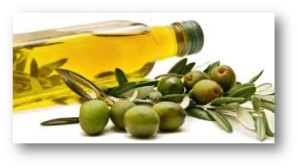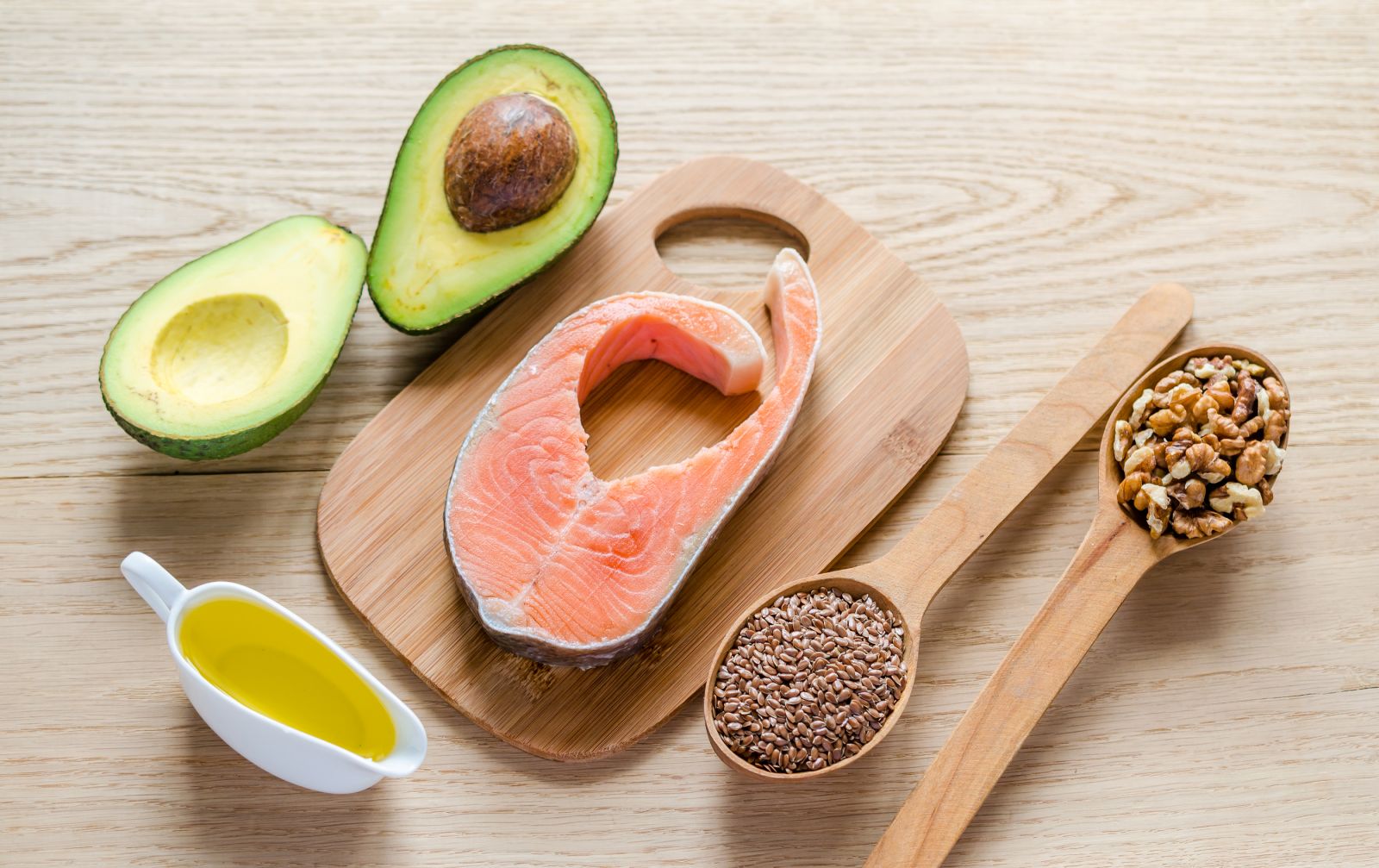The last category within the macronutrient group is that of ‘fats’, a broad term used to describe a wide range of foods including meats, dairy, nuts, seeds, soybeans, peanuts and avocados. This particular food group is an essential component of our diet and a major source of energy in everyday life. However, it can also be publicized as a problematic nutrient with excessive intakes linked to cardiovascular disease, obesity and some forms of cancer.
As an athlete, it can be easy to forgo of the importance of fats –we are constantly bombarded with information about carbohydrates and protein and as a result fats are left in the dark. However, fats are a crucial source of energy and insulation for the human body. Whereby carbohydrates account for the majority of energy during short duration or low intensity exercise, fats make up the most part of energy during longer or more intense exercise sessions (marathons). Secondly, when we are not receiving enough energy from our diets, stored fat in the form of adipose tissue is broken down to supply the necessary energy. It can be considered a ‘survival’ nutrient for mankind. Fats are also important in the transport of essential vitamins (vitamins A, D, E and K) around the body and can protect our internal organs from damage and trauma sustained during sports injury or collision.

Fats are composed of carbon, hydrogen and oxygen elements. They are insoluble in water and dissolve only in fat solvents. They are made up of building blocks called fatty acids, which are classified as saturated, monounsaturated or polyunsaturated depending on their chemical structure. Some of these fatty acids are essential to an individual’s diet whereas others can be detrimental to health if too much is consumed. All types of fat provides about 9kcal/g which means that too much of any type of fat can lead to weight gain. The Department of Health states that fat intake should not exceed 35% of our total energy intake and saturated fat should not exceed 11% of total energy intake from food. Unfortunately, the Irish population is consuming foods high in saturated fats such as fried foods as well as cakes, biscuits and pastries and this is contributing to the widespread dilemma of heart disease, diabetes and obesity.
Types of Fats
Saturated Fats
Saturated fats are found in animal sources such as meat, egg yolk, yogurt, cheese and butter. They are also found in some vegetable oils including coconut and palm kernel oil. This type of fat is normally solid at room temperature and is the biggest cause of high LDL levels (bad cholesterol) leading to problems such as heart disease and stroke. It is, therefore, suggested to limit the amount of saturated fats to no more than 10% of your total daily calorie intake.
Trans Fats
Trans fat is another type of fat that is found naturally in small amounts in meat and dairy products but much larger amounts are being produced in the production of partially hydrogenated vegetable oils. Trans fats have been shown to have a bigger adversarial effect on blood cholesterol levels than saturated fats. It is therefore important to always read the back of pack labels and determine the proportion of trans fats in products before purchase.

What are healthier fat choices?
Unsaturated fats
Unsaturated fats on the other hand are normally liquid at room temperature. Monounsaturated and polyunsaturated fats help to reduce cholesterol levels and are found in vegetable oils such as olive, rapeseed and sunflower oil.
An essential component of polyunsaturated fats are ‘fatty acids’, which are needed biochemically by our bodies and can only be made available to us through diet. They are, therefore, described as ‘essential’ fatty acids as they can only derived from external sources. These fatty acids are used to build specialized fats ‘omega 3 fatty acid’ and ‘omega 6 fatty acid’, which are important in the normal functioning of all body tissues. Omega 6 fatty acids are very common in the modern diet and can be found in most vegetable and nut oils as well as meat and dairy. Omega 3’s, on the other hand are more difficult to attain and can be found in foods such as oily fish (salmon), flaxseed, soybeans and walnuts. In 2009, the EFSA published its recommendations for essential fatty acids intake;
- Omega 3 fatty acids – an intake of 2g/day of alpha linoleic acid (ALA) and 250mg/day of eicosapentaenoic acid (EPA) and docosahexaenoic acid (DHA).
- Omega 6 fatty acids – an intake of 10g/day of linoleic acid (LA)
On the flip side, fat intake can also be correlated with weight gain. High consumption of dietary fat is associated with increased levels of body fat and obesity. Fats are the densest source of energy, supplying about 9 kcal per gram. This is more than double the number of calories provided by protein and carbohydrates per gram. Therefore, the key to successful weight loss is low dietary fat consumption whilst maintaining adequate protein and carbohydrate intake.
As a general rule of thumb, we should try and cut down on the amount of saturated fats that we consume and opt for healthier foods containing unsaturated fatty acids like avocados, nuts and fish. These foods comprise a typical Mediterranean diet, which is vastly linked with a lower rate of heart disease. Also try to incorporate vegetable oils such as olive, sunflower and rapeseed oils over those rich in saturated fats (butter, palm, coconut oil) into your diet.
Fat and Sports Performance.
As already stated fat provides the highest amount of energy out of all the nutrients – 1g of fat equals nine calories. This calorie density makes fat one of our largest energy reserves. When oxidative metabolism is possible we use fat for energy quite well. However, as soon as lactic acidosis begins to occur our ability to utilize fat as an energy substrate diminishes significantly. This occurs much earlier than many of us realize. Building oxidative capacity is, therefore, essential for endurance athletes or where competition lasts more than 40 mins. They simply need to be good fat burners in order to maintain work output for longer durations. Our fat stores will last much longer than our glycogen stores making it essential for performance in certain endurance sports.

However the power of fat as a source of energy for exercise takes time and is dependent on a number of factors; it is slow to digest and can take nearly 6 hours to be converted into a usable energy. The body also needs to break down the fat and transport it to muscles before it can be used as the body’s primary energy source. In order to truly benefit form fat consumption, athletes should consider carefully planning when they are going to eat fat, how much they will eat and the types of fats they’ll consume in the lead up to a game or event.
By Christina Higgins & Ross Hamilton
If you liked this article please share it with a friend.
Don’t forget to subscribe for our free newsletter below.

2 Comments
Join the discussion and tell us your opinion.
What are your thoughts on the LCHF or ketogenic diet for sports?
I’ve been on a ketogenic diet for 7 months now. I feel better on the diet; no energy crashes or low blood sugar. I don’t experience headaches or dizziness when I am hungry or need to eat. My cholesterol levels have improved on the diet. I have lost weight; 23 kilograms since I have started the diet. Lost 13 kg the first 3 months while lifting weights at the gym, then lost 9 kg being mostly sedentary for 3 months (some of which might be muscle mass), lost 1kg this past month (only sailing a Finn almost everyday).
I don’t experience burn-out like I did on a Carb based diet.
My sport is sailing. I’ve recently been sailing Finn and Flying Dutchman. Occasionally, I crew on keelboats as well. I think it’s good as I am able to last for long hours on the water without needing to feed to sustain energy.
I’ve been intermittent fasting on the diet as well. I only eat my meals between 8pm to 12mn. I feel fine throughout the rest of the day.
Obviously these diets have been working for you and everyone is a little different. Generally these diets are not suitable for athletes. Even efficient fat burners will burn more carbohydrate during exercise but the energy yield is lower then that of fats. At a certain level of intensity fat metabolisation is massively hindered by lactic acidosis. In order for energy supply to meet demand carbohydrate in the form of glycogen or glucose must be present or power output will reduce. This can manifest in a reduction in work capacity and speed etc.
When doing tests to exhaustion this is very significant and noticeable at more intense efforts. A glycogen depleted athlete will simply not be able to maintain sustained high efforts. Endurance athletes are a little less effected as they do not produce these high effort periods where carbohydrate is essential to meet energy demands. This would apply to you as most of the sailing you are doing would be considered relatively low intensity.
In the case of the Finn class at high level of competition when Oscar flag is up you may see issues. The first downwind might be ok but there would be a guaranteed reduction in power output and work capacity on further downwind as you would be reliant on glycolysis. Oxidative metabolism is simply too slow to resynthesize ATP for higher force production.
So in summary most athletes will seriously hinder their performance following these diets. However, some may deal with them better than others and they can be beneficial in training periods. This applies more so to endurance athletes than power athletes who we would never recommend such diets to.
Thats our opinion and it would be pretty strongly supported in both academic literature and any experience we have had with athletes and these types of diets.